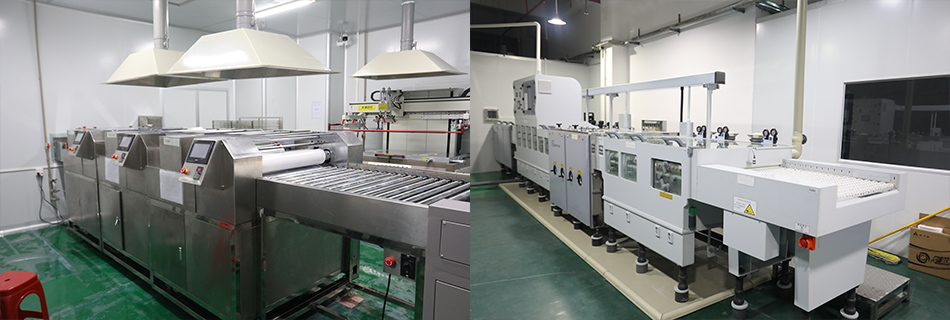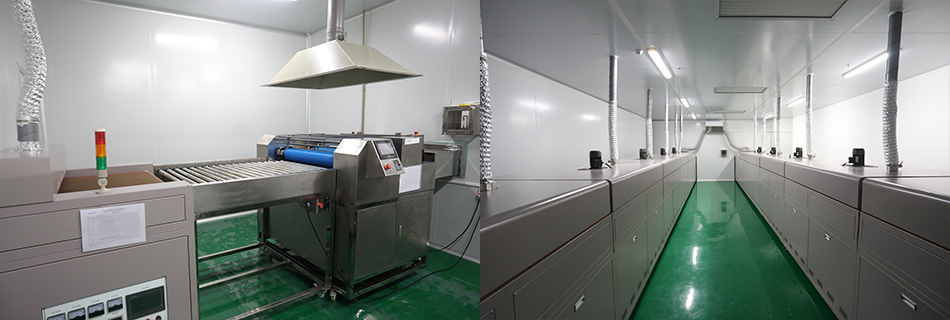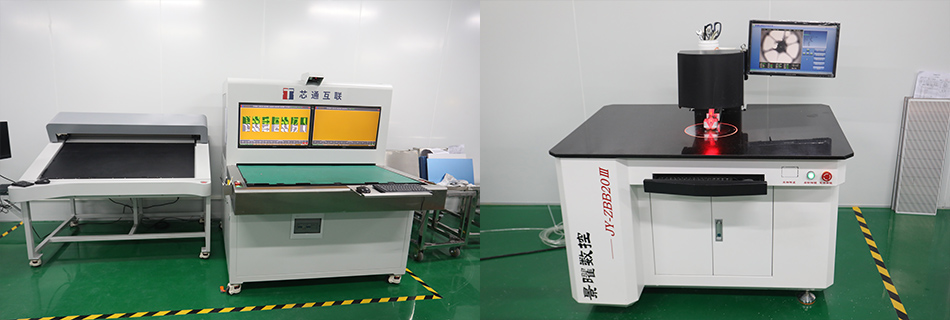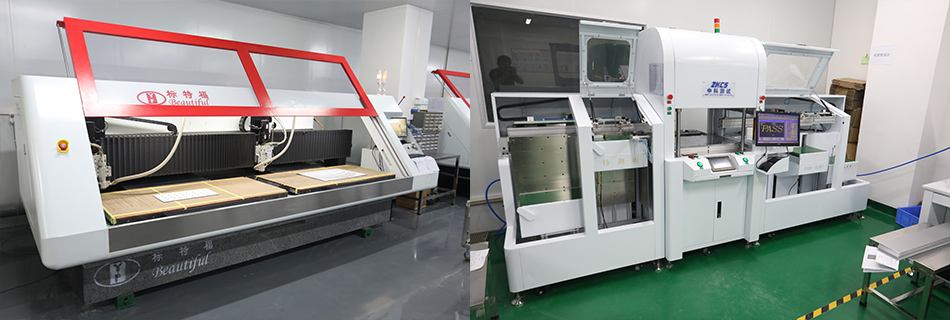-
- PCB TYPE
- PRINTED CIRCUIT BOARD PROTOTYPE ALUMINUM PRINTED CIRCUIT BOARD R&F PCB FPC HIGH FREQUENCY PCB HIGH-TG PCB HEAVY COPPER PCB HDI PCB PCB FOR LIGHTING METAL CORE PCB
time:Sep 18. 2025, 09:59:26
High power LED PCB fabrication is a crucial process in the production of LED lighting solutions. As technology advances, the demand for efficient and durable LED circuit boards has skyrocketed. These boards are the backbone of LED lighting, ensuring that the LEDs function correctly and efficiently. In this article, we will explore the intricacies of high power LED PCB fabrication, the types of LED circuit boards, and the importance of PCB assembly services.
High power LED PCB fabrication refers to the creation of printed circuit boards (PCBs) that are specifically designed to handle the high thermal and electrical demands of LED lighting. These PCBs must efficiently conduct heat away from the LEDs to ensure longevity and performance. The process involves several steps, including designing the PCB layout, selecting appropriate materials, and assembling the components.
LED circuit boards are essential for the proper functioning of LED lights. They provide the necessary electrical pathways for the LEDs to operate. Additionally, they play a significant role in heat dissipation, ensuring that the LEDs remain cool and efficient. Without a well-designed circuit board, LED lights would be prone to overheating and failure.

There are several types of LED circuit boards, each designed for specific applications and performance requirements. Understanding these types can help in selecting the right PCB for your LED lighting needs.
Metal core PCBs are commonly used in high power LED applications due to their excellent thermal conductivity. They typically consist of a metal base, usually aluminum, which helps dissipate heat away from the LEDs. This makes them ideal for applications where high thermal management is required, such as in automotive and industrial lighting.
Flexible PCBs, as the name suggests, are designed to be flexible and bendable. They are often used in applications where space is limited, and the circuit board needs to conform to a specific shape. Flexible PCBs are also used in wearable technology and compact electronic devices.
Rigid PCBs are the most common type of circuit board and are used in a wide range of applications. They are made from a solid, inflexible material, which makes them durable and reliable. In LED lighting, rigid PCBs are used in applications where the board does not need to bend or flex.

PCB assembly services are critical in bringing LED circuit boards to life. This process involves mounting electronic components onto the PCB, creating a functional circuit. The quality of the assembly process can significantly impact the performance and longevity of the LED lights.
Surface Mount Technology (SMT) is a popular method used in PCB assembly services. It involves placing components directly onto the surface of the PCB, allowing for a more compact and efficient design. SMT is particularly beneficial for high power LED applications, as it enables the placement of components in close proximity, reducing the overall size of the PCB.
Through-hole technology is another method used in PCB assembly, where components are inserted into holes drilled in the PCB. This method provides a strong mechanical bond, making it ideal for applications where durability is essential. However, it is less commonly used in high power LED applications due to its bulkier design.

When fabricating high power LED PCBs, several factors must be considered to ensure optimal performance and reliability.
Thermal management is one of the most critical aspects of high power LED PCB fabrication. LEDs generate a significant amount of heat, which must be efficiently dissipated to prevent overheating and failure. Selecting the right materials and design is crucial in achieving effective thermal management.
The choice of materials can significantly impact the performance of an LED PCB. Common materials used in high power LED PCB fabrication include aluminum, copper, and ceramic. Each material offers different thermal and electrical properties, making it essential to choose the right one for your specific application.
The design of the PCB layout is another critical factor in high power LED PCB fabrication. This includes the placement of components, the routing of electrical pathways, and the overall size and shape of the board. A well-designed PCB will ensure efficient operation and longevity of the LED lights.

As technology continues to evolve, so do the methods and materials used in LED PCB fabrication. Recent advancements have led to more efficient and durable PCBs, capable of handling even higher power demands.
New materials and design techniques have been developed to enhance thermal management in high power LED PCBs. These solutions include the use of advanced heat sinks, thermal vias, and innovative substrate materials, all of which contribute to better heat dissipation.
The trend towards miniaturization has also impacted LED PCB fabrication. Smaller components and more compact designs allow for more efficient use of space and resources, leading to more powerful and efficient LED lighting solutions.
High power LED PCB fabrication is a complex yet essential process in the production of efficient and durable LED lighting solutions. By understanding the different types of LED circuit boards, the importance of PCB assembly services, and the factors to consider in fabrication, you can ensure the best performance and longevity for your LED lights. As technology continues to advance, the possibilities for LED PCB fabrication are endless, promising even more efficient and innovative lighting solutions in the future.

Got project ready to assembly? Contact us: info@apollopcb.com



We're not around but we still want to hear from you! Leave us a note:

Leave Message to APOLLOPCB
